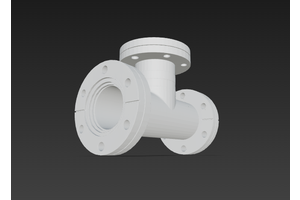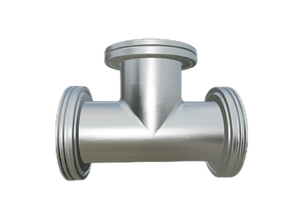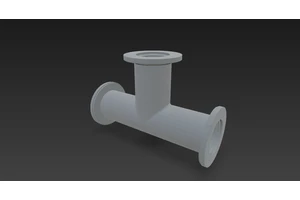Vacuum Generation Methods in Semiconductor Manufacturing Equipment
Introduction to Vacuum
Vacuum refers to a space devoid of any matter or with extremely thin gas, typically defined as a state where the pressure is below one standard atmosphere (101325 Pa). It plays a pivotal role in semiconductor manufacturing by providing environments essential for various processes.
Applications of Vacuum in Semiconductor Equipment
Wafer/Reticle Handling: Utilizes vacuum to securely hold wafers and reticles during processing.
Creating Reaction Conditions: Vacuum conditions are crucial for reducing impurities and ensuring high purity and structural integrity of materials used in semiconductor devices.
Specific Applications:
Crystal Growth Equipment: For instance, in the production of single-crystal silicon using the Czochralski method, a low-oxygen vacuum environment minimizes impurity incorporation, enhancing crystal quality.
Compound Semiconductor Growth: Precise control over stoichiometry during growth under vacuum ensures optimal electrical performance of compound semiconductors like gallium arsenide.
EUV Lithography: The extreme ultraviolet light used has wavelengths around 13.5nm. This light can be absorbed and scattered by air molecules, making a vacuum essential for efficient transmission and achieving high-resolution imaging on wafers.
Etching Equipment: Plasma etching and dry etching techniques require vacuum environments to generate stable plasmas for precise material removal.
Thin Film Deposition: Techniques such as Physical Vapor Deposition (PVD) and Chemical Vapor Deposition (CVD) benefit from vacuum conditions that prevent contamination and ensure high purity films.
Vacuum Generation Methods:
Mechanical Pumps: Including rotary vane pumps and reciprocating pumps, which are suited for low to moderate vacuum applications.
Diffusion Pumps: Using high boiling point oils, they work in conjunction with mechanical pumps to achieve higher vacuums.
Molecular Pumps: Comprising turbo molecular and drag molecular pumps, these achieve high vacuum levels through high-speed rotation.
Ion Pumps: Operate on principles of gas ionization and adsorption, ideal for ultra-high vacuum needs in critical semiconductor fabrication steps.
Cryogenic Pumps: Employing extremely cold surfaces to condense gases, they are effective in removing difficult-to-pump gases like helium.
Compressed Dry Air (CDA): Utilizing the Venturi effect, it offers a simple and cost-effective solution for creating vacuum in less demanding applications.





